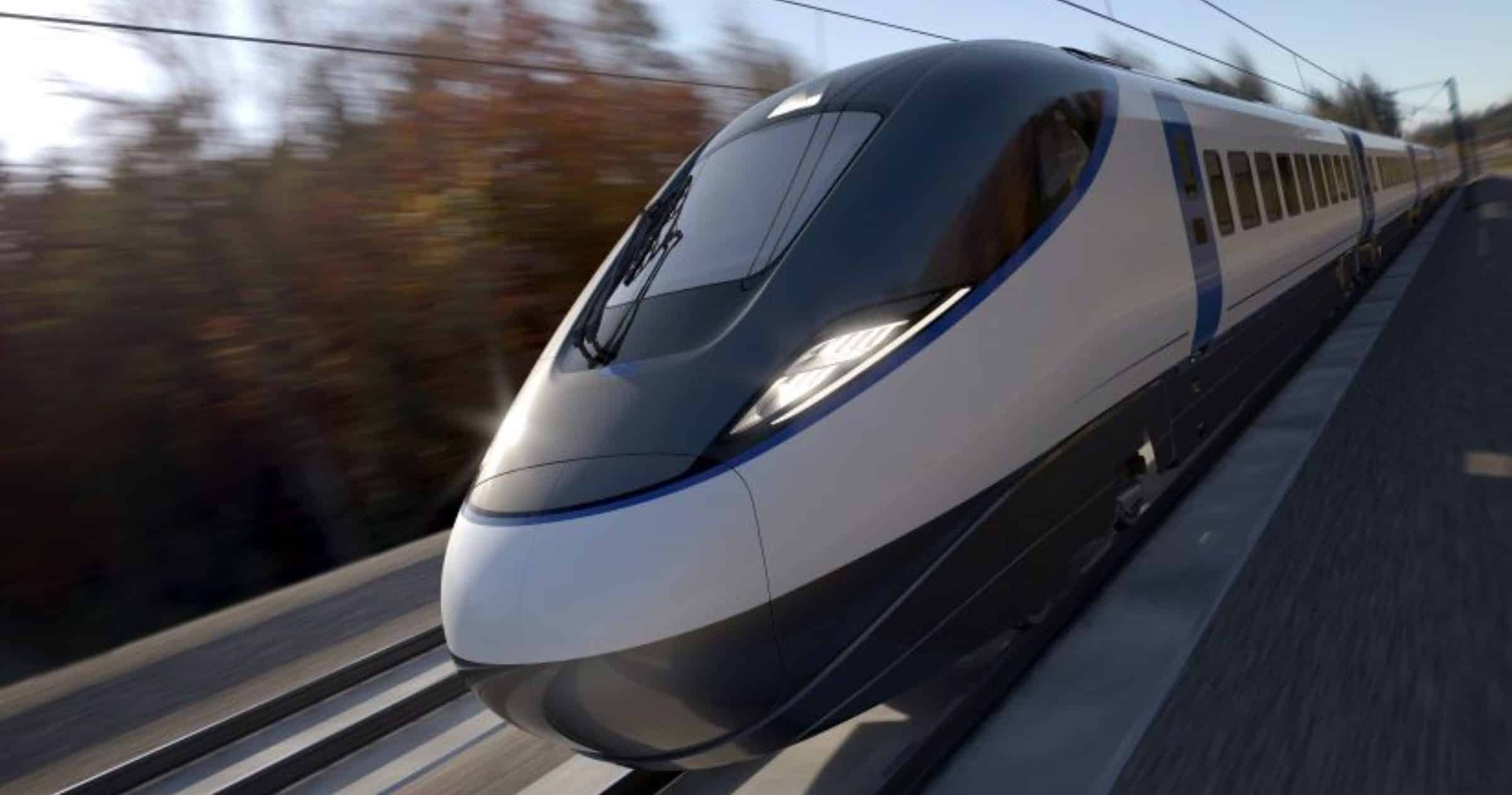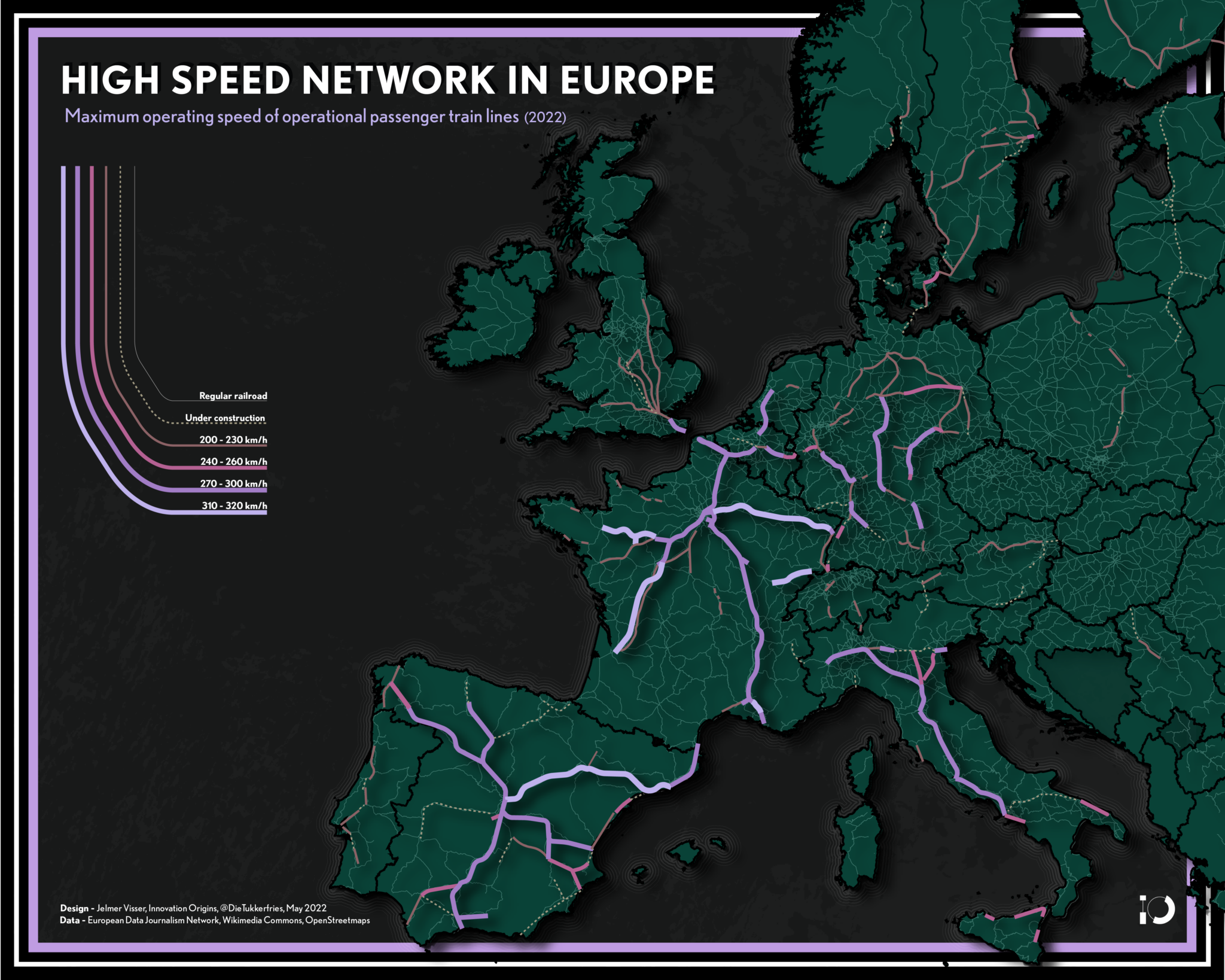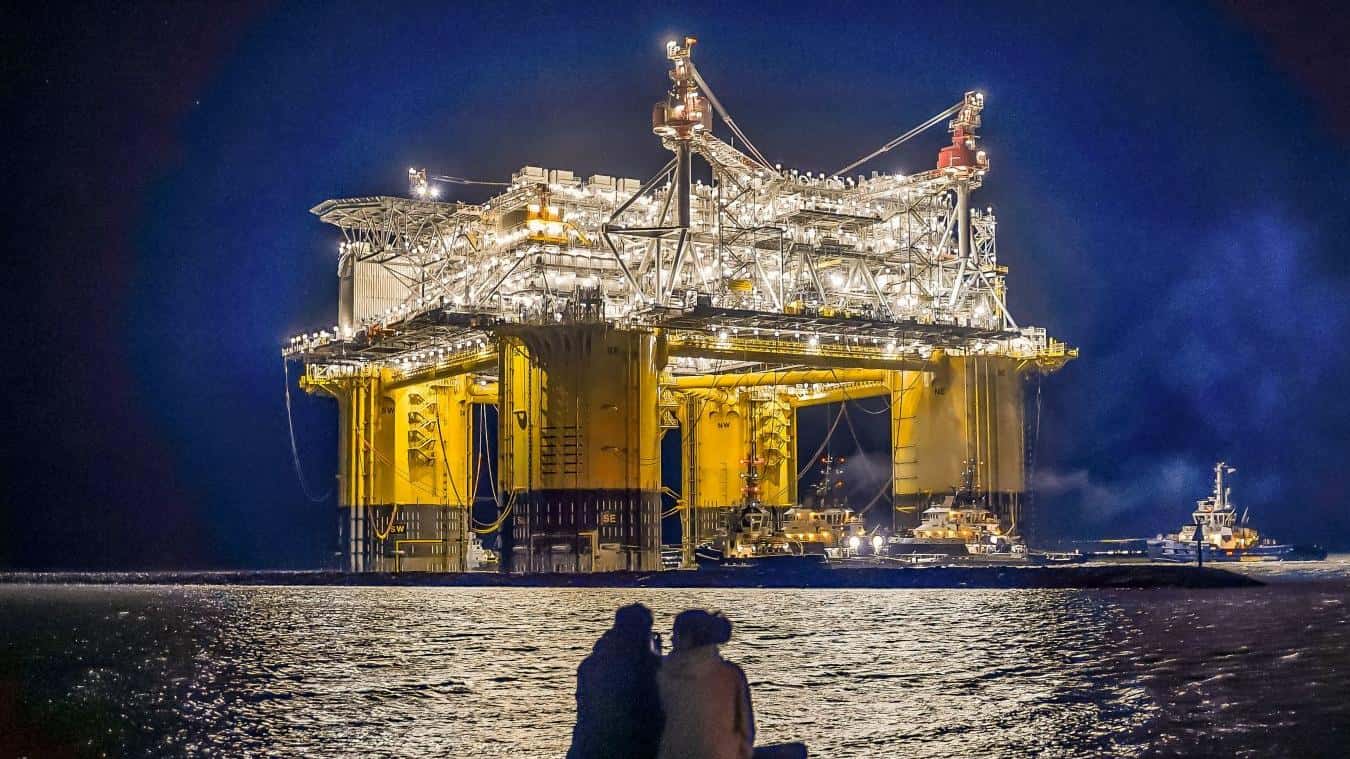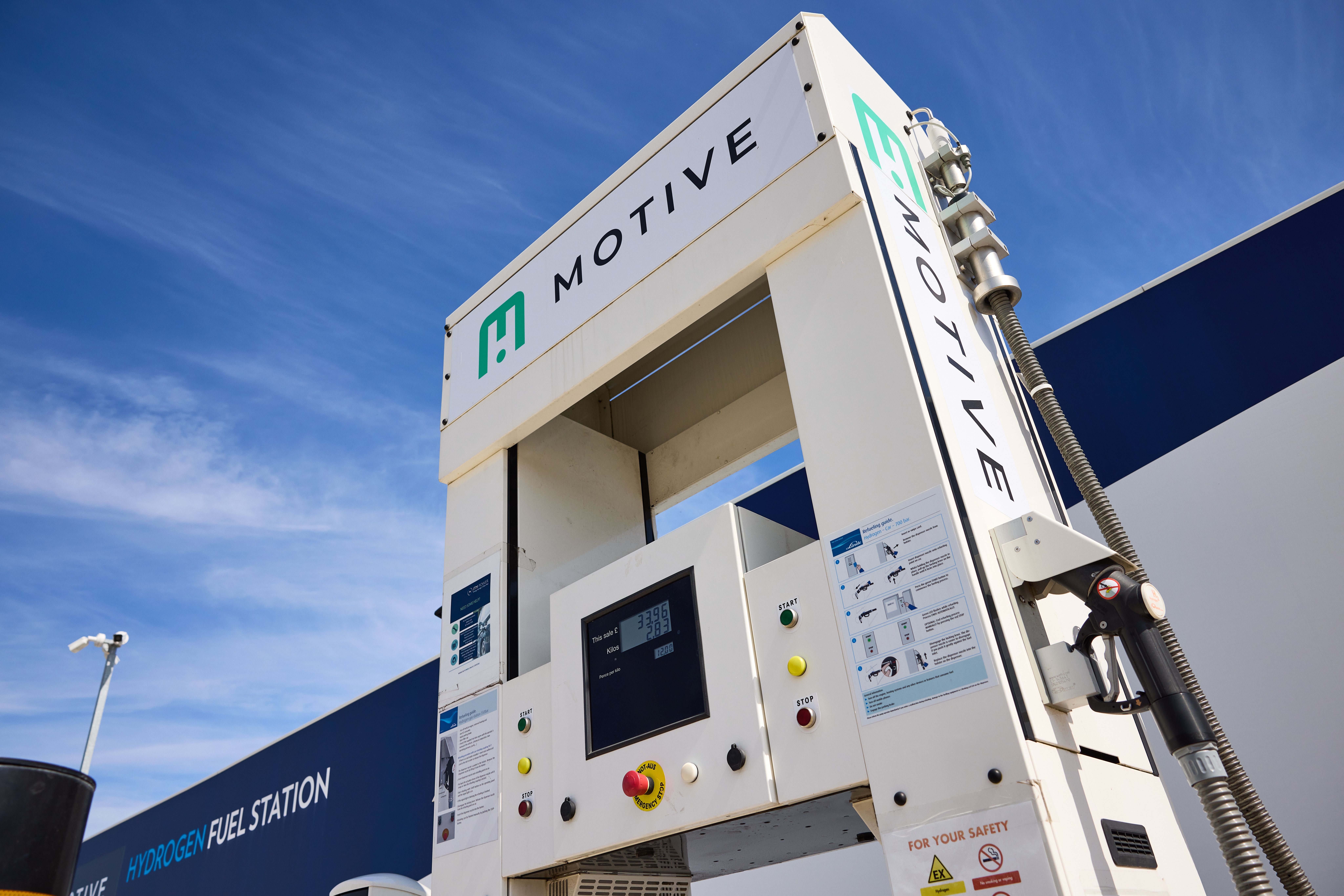
The future of HS2, the UK’s high-speed rail network, is hanging in the balance as private funding is being sought for its extension to London’s Euston station. If the funds are not secured, passengers will be required to change for central London at Old Oak Common. By terminating the line at the outskirts of London, the service will not be nearly as appealing as originally envisioned. The government’s decision to scale back the project has raised concerns about the UK’s ability to deliver necessary infrastructure. Experts have estimated that the economic benefits of a fully completed HS2 for Greater Manchester could exceed £135 billion by 2050. The scaling back of HS2 is yet another setback for the already fragile UK economy.
- Uncertainty surrounds HS2’s future due to funding issues, risking economic prospects and carbon-neutral goals.
- Scaling back HS2 may reduce its economic benefits and undermine commitment to regional development.
- High-speed rail projects like HS2 offer sustainability but require careful planning and cost management.
The economic implications of a scaled-back HS2
The economic implications of this decision are far-reaching. HS2 is expected to generate £75bn in economic benefits, half a million new jobs, and 90,000 homes. However, with the current scaling back, these figures are likely to be significantly lower. The cancellation of the Manchester leg of the HS2 project has raised questions about the government’s commitment to bridging the north-south divide. Despite the prime minister’s promise to reinvest the £36bn saved from the cancellation into new transport projects in the North and the Midlands, industry experts have expressed scepticism about the government’s promise to reinvest HS2 money in alternative schemes.
It is also worth noting that the scaling back of HS2 comes with a “chilling effect” on the construction industry. Contractors involved in phase 1 of HS2 have expressed their dissatisfaction, highlighting the impact on the UK’s ability to deliver necessary infrastructure. This decision not only undermines confidence in the UK’s rail network but also in its low-carbon connectivity. An underdeveloped HS2 network may indirectly promote less sustainable modes of transport such as car and air travel, adding to the country’s carbon footprint.
The debate on high-speed rail benefits
The debate over the economic benefits of high-speed rail networks is not new. High-speed rail is often touted as the most sustainable and efficient means of transport for distances between 300 and 750 kilometers. It is designed to meet growing travel demand, provide a green, safe, and efficient mode of transport, and bring economic benefits to the regions it connects. However, concerns persist about the actual impact of high-speed rail networks. Transportation economist Kenneth Button points out that HSR infrastructure can be more expensive than initially estimated, and fares may not cover costs.

Moreover, the introduction of HSR tends to encourage longer-distance commuting to established economic centers instead of dispersing employment and production. This undermines the goal of regional economic development, which high-speed rail projects are often expected to support. While China and Spain have extensive high-speed rail networks, their experiences suggest that rapid growth in high-speed rail hasn’t necessarily translated into economic prosperity for all. In Spain’s case, the high-speed rail project, AVE, has faced criticism for high costs and low passenger numbers.
As the UK navigates the future of HS2, it will be crucial to address these challenges and weigh the potential benefits against the costs. The case for high-speed rail is clear: it offers a sustainable, efficient, and potentially transformative mode of transport. But as with any large-scale infrastructure project, careful planning, cost management, and international cooperation will be key to its success.







